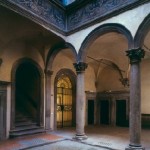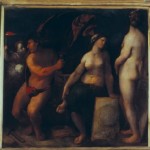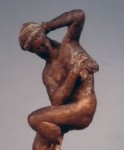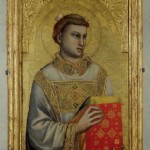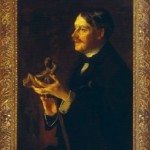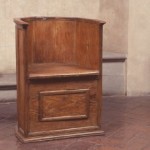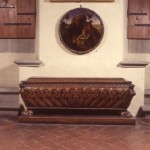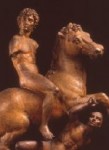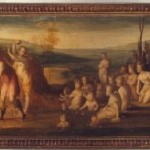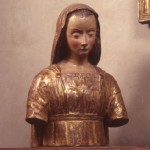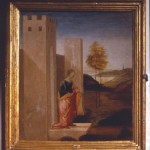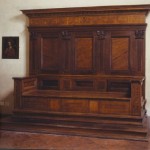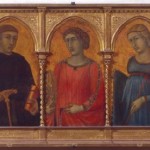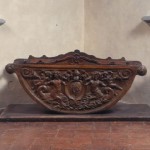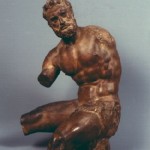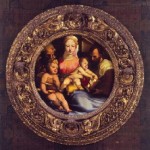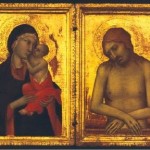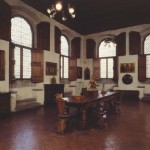The Horne Foundation Museum has its origin in the last will and testament of Herbert Percy Horne and is made up of a rich collection of art works left, together with the palace in which they are housed, to the Italian State.
Herbert Horne born in London in 1864, an architect and a man with many interests in the field of art, ranging from literature to music, took up residence in Florence, once and for all, towards the end of the 1800’s, thus initiating his activity as a collector and a scholar. His essay on Botticelli is still of great interest today.
In 1911 Herbert Horne purchased the palace in via dei Benci, completely renovated, most likely, by Simone del Pollaiolo, also known as Cronaca, towards the end of the 1400’s probably after the property passed from the Alberti family to the Corsi family, cloth dyers. The principal architectural lines of the palace with its two three-order façades are accentuated by the lively presence of the ashlar-work that outlines the doors and windows and emphasizes the building’s sharp edges.
Across the internal courtyard that has a three-arched portico on one side only, one enters the basement room that the Corsi family used to wash the fabrics. Herbert Horne dedicated himself with great care to the restoration of his “palagetto”(little palace) with the intent of creating, not a museum, but an example of an aristocratic residence of the Renaissance.


